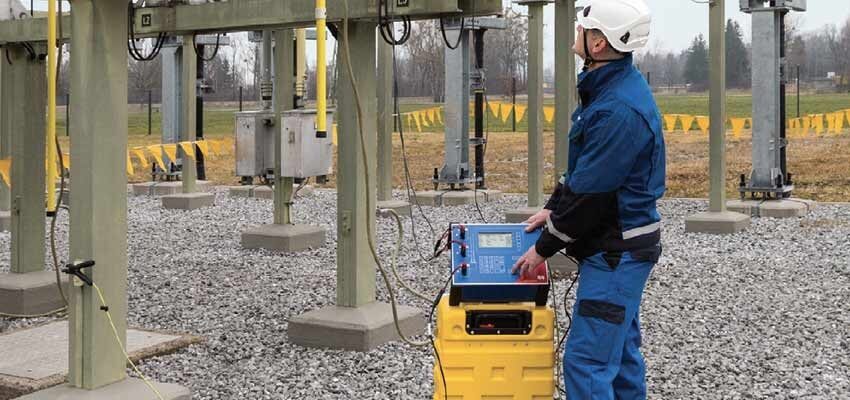
Innovative current transformer testing
Abstract Different test devices and methods are used in the market to verify the performance of current transformers during development, production, installation and maintenance. This...
byMichael Freiburg, OMICRON

Abstract
Different test devices and methods are used in the market to verify the performance of current transformers during development, production, installation and maintenance. This article describes an innovative solution to test current transformers at all lifecycle stages by using a sophisticated testing method known as “model-based testing”.
Keywords: current transformer, testing, cost-efficient, CT lifecycle, model-based testing
The typical lifetime of current transformers (CTs) can easily reach up to 30 or 40 years. In order to guarantee reliable and safe operation over this period, a high level of quality during the design phase, manufacturing process and installation is important. Therefore, several quality tests are performed from development to installation. After installation, CTs should be tested on a regular basis to ensure correct operation over their entire lifecycle.
Several methods to test the electrical performance of CTs are possible. During the past years, two methods have been proved to show the highest accuracy and good reproducibility. Thus, these two methods cannot only be used for CT parameter testing, but also to calibrate the CTs under test:
- The “conventional” way of testing a CT is to apply a high current to the primary side and read the signals on the secondary side. While connecting different burdens to the device under test and by applying different test currents, the measured ratio is compared to a reference CT and the accuracy is calculated accordingly. Thus, various operational conditions of the CT can be verified and the CT can be calibrated.
This conventional test method is typically used in calibration institutes and laboratories when high test currents in combination with the highest accuracy are required. However, this method is often time-consuming and material-intensive. Sometimes it is not even feasible as very high currents are required. Particularly for on-site testing or whenever mobility of the test system is a must have requirement, the conventional test method shows disadvantages.
- The model-based testing method applies small testing signals to the secondary side of a CT. During these measurements, the most important CT parameters, such as excitation characteristics, ratio and winding resistance, are measured and determined. Then, the test device builds up a model of the CT by using the initial data, measured during the test. Based on this model, the test device is able to calculate performance parameters such as the ratio error, phase displacement, accuracy limiting factor (ALF) and the safety factor (FS) and simulate the CT’s behaviour, for example, under different burdens, or with various primary currents.
This model-based test method combines the advantages of accuracy, testing speed and mobility and is thus often used for in-house tests during the production process of CTs or on-site.







